Artful Migrants
Date: June 6-7, 2015
Venue: 2015 Shanghai Ecodesign Fair, Shanghai Kerry Center
Guides: George Kaye, Han Aiying 韩爱颖, Lu Qing 卢清,Zhang Qihua 张琦华,Yang jianghuai 杨江怀, Xi Xiaoyi 席小艾,Xiao Wei 徐晓伟,Amy Shui 水华,Li Jue李爵
Partners: Fireflies Culture 萤火虫文化, Being 碧易环术
Sponsor: Shanghai Ecodesign Fair
‘Artful Migrants’ is a public artwork created for the Shanghai Ecodesign Fair. During the fair visitors choose pressed and dried plant specimens and pin them to a standing mural according to their own logical and aesthetic criteria. The criteria for arrangement may include classical taxonomy, color, size, shape, smell, etc. Visitors may play the role of a gardener, city planner, botanical scientist, or something else as they move specimens around the mural. As the plants are moved around visitors become more familiarized with the delicate structures and special qualities of the local botanical population.
Specimen sorting and exhibition prep
Date: 2015年5月31日
Venue: Studio 5, Shanghai. 169 Jiashan Rd., No. 5
Specimen collection and arrangement
Date: 2015年5月24日
Venue: Fuxing Park, Shanghai. Gate 2, 1pm-3pm,
Field notes: We built a kind of totem pole to honor plants in Fuxing Park today, especially the Ginkgo. In a last-minute hunt around the studio I found some cartons that stacked up nicely in the park. A ginkgo tree was located by the playground and some of its fallen leaves were pinned to the top of the stack, among a haphazard sampling of other botanical specimens. Totem poles are not objects of worship, but are artworks that commemorate exchange and reconnect a culture to wild nature. — George
Specimen collection and pin-up
Date: May 10, 2015
Venue: Jing’An Sculpture Park, Shanghai. Beijing W. Road entrance (Shanghai Natural History Museum main gate), 1pm-3pm.
Field notes: Nineteen species of plants sighted today including camphor trees, a Gingko, 铜钱草,a Magnolia, 红花檵木(Loropetalum chinense), winter jasmine, a species of rhododendron and others less readily identified. — George
A gardener crouched down pulling weeds comments that the weeds he is pulling are medicinal plants. 铜钱草 (tongqian grass) they are called. Some quick research reveals that it is used as a tonic for fever and bowel complaints– and also to battle leprosy, among other ailments. The latin name is Hydrocotyle vulgaris. A toad that dwells among the 铜钱草 hops away. There are lots of them around, says the gardener. Its skin is strange and horrifying, like a leper. Of what medicinal use is the weed to the toad? What gifts has the toad has passed to the weed? — George
Specimen collection and bike ride to Changfeng Park
Date: May 3, 2015
Venue: Zhongshan Park, Shanghai. North Gate No. 2 (Wanhangdu Lu), 10am-12pm.
Field notes: As we were inspecting a small red fruit that had fallen to the ground, two women nearby turned and offered that we were standing next to a pomegranate tree. Another man strolling by concurred, and the three of them then pointed out what they said was a willow tree but didn’t look like a willow to me. Folk knowledge, book learning, wisdom, conjecture and supposition are all on offer when speaking to people about the plants around us. The truth may be elusive… — George
Specimen collection and visit to Longhua Temple Fair
Date:April 25, 2015
Venue: Longhua Martyr’s Park, Shanghai. South Gate, 11:15am-1pm.
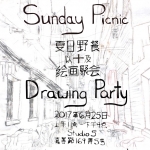
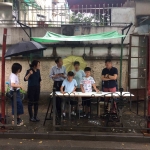
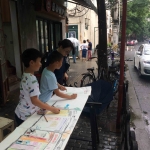
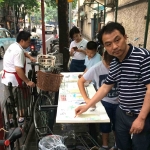
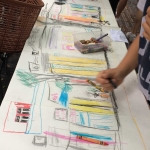
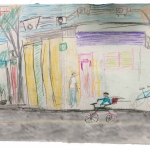
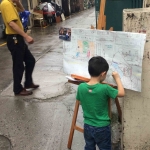
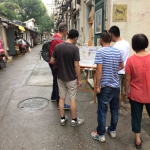
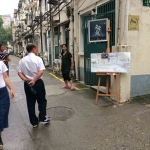

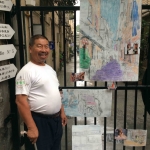
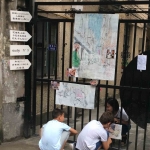
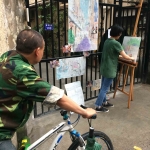
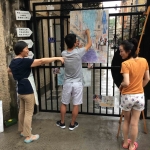
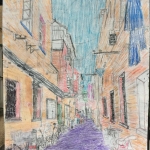

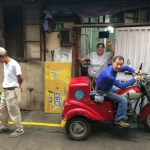
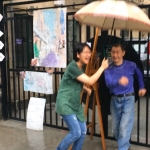
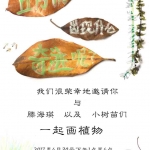
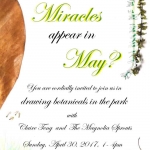

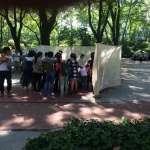
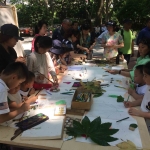
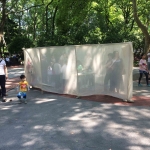

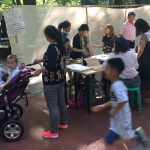
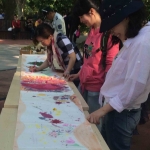


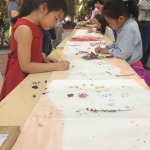


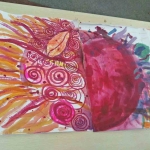
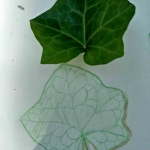
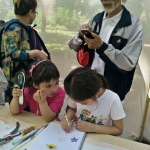
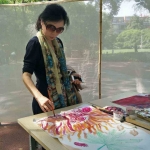
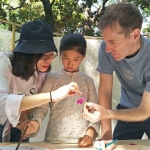

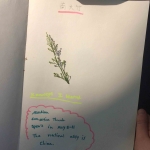
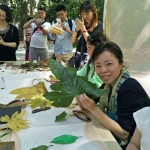

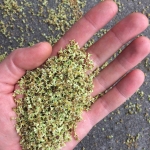
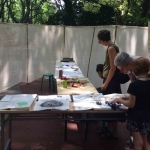

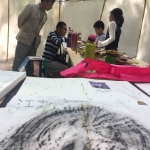
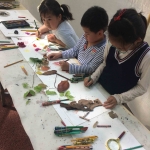
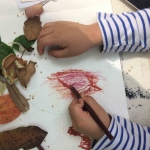
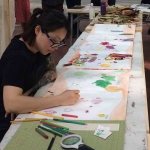

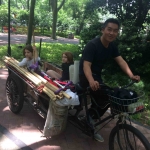

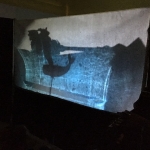
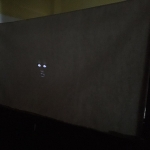

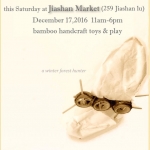
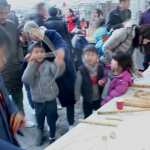

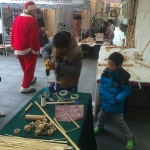
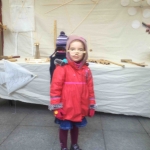
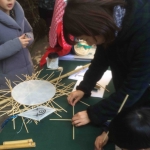
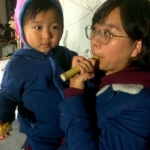
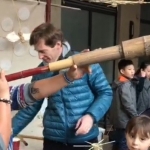

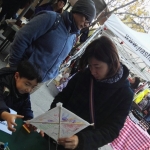
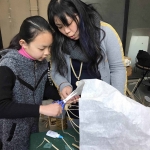

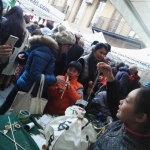

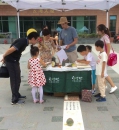







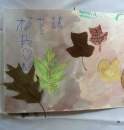


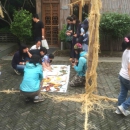












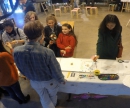



































































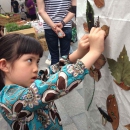


















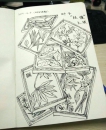






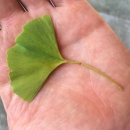
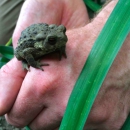


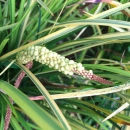








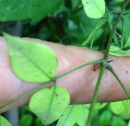



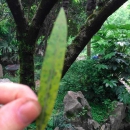
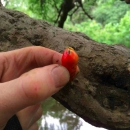
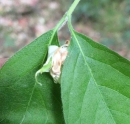
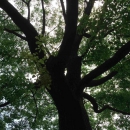

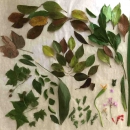
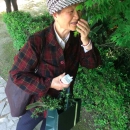
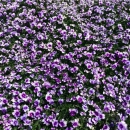
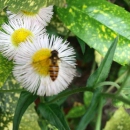
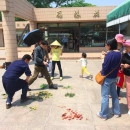
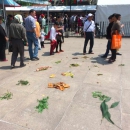

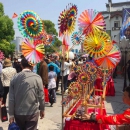

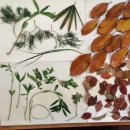





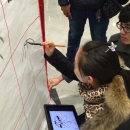

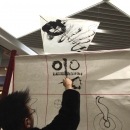

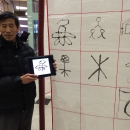
























































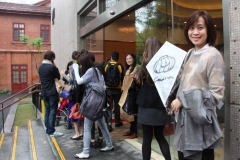
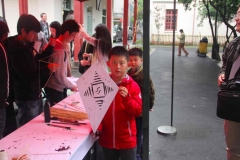

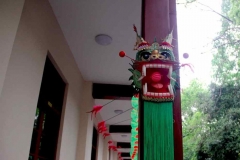

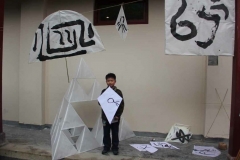
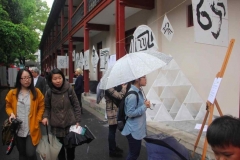
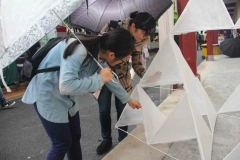
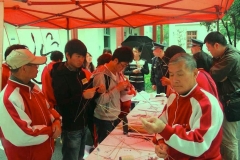
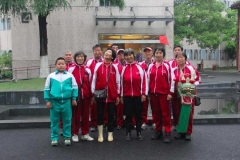


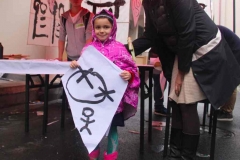

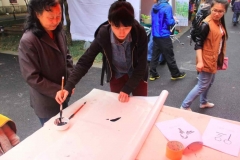
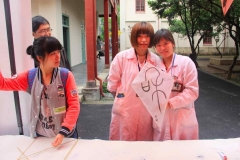
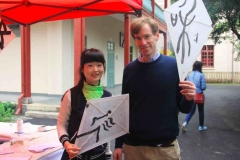
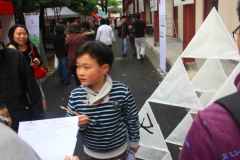
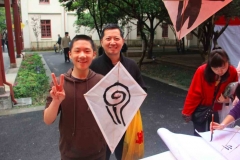
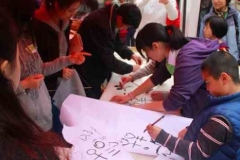
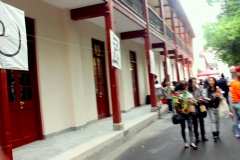
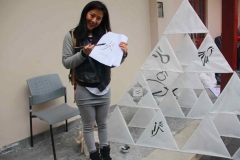

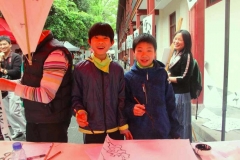

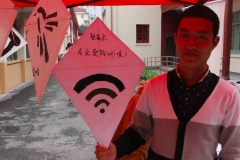
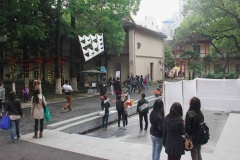
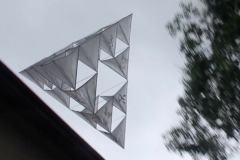
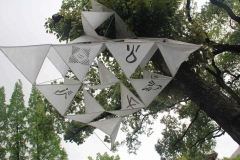
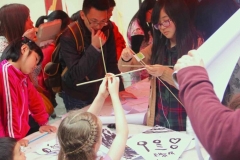
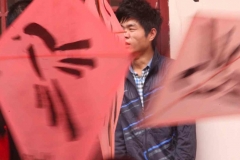
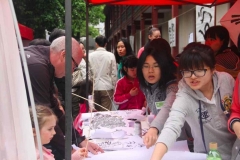
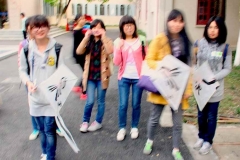

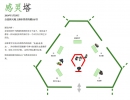


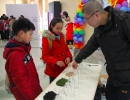






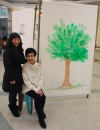









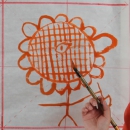








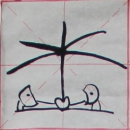




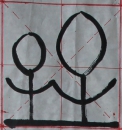

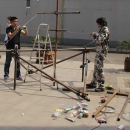
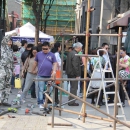

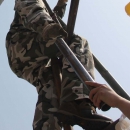
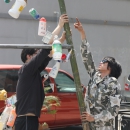
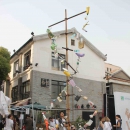

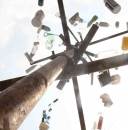
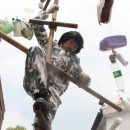
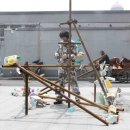
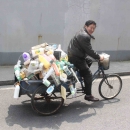

 The Shanghai Good Gift Fair is an alternative shopping event held in downtown Shanghai before the winter holidays. The public is invited to mingle with representatives from a variety of local charities and learn about their programs and good works. In addition visitors may meet several top artists from the Shanghai area that volunteer their time to be at the fair. In exchange for donations to charity programs, visitors may receive unique little works of art which the artists draw, paint or otherwise create on the spot. Visitors may then present these small works of art to family and friends during the holidays.
The Shanghai Good Gift Fair is an alternative shopping event held in downtown Shanghai before the winter holidays. The public is invited to mingle with representatives from a variety of local charities and learn about their programs and good works. In addition visitors may meet several top artists from the Shanghai area that volunteer their time to be at the fair. In exchange for donations to charity programs, visitors may receive unique little works of art which the artists draw, paint or otherwise create on the spot. Visitors may then present these small works of art to family and friends during the holidays.
























